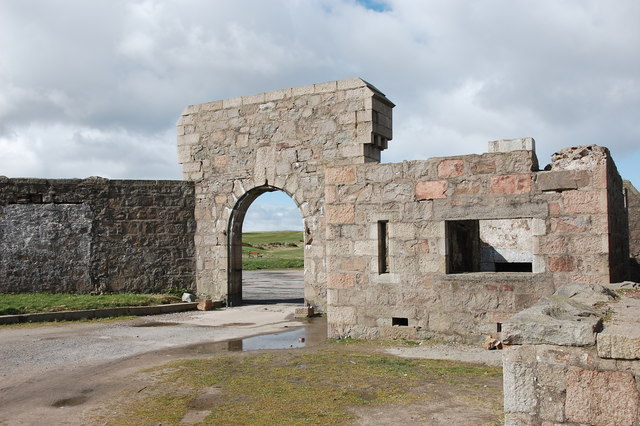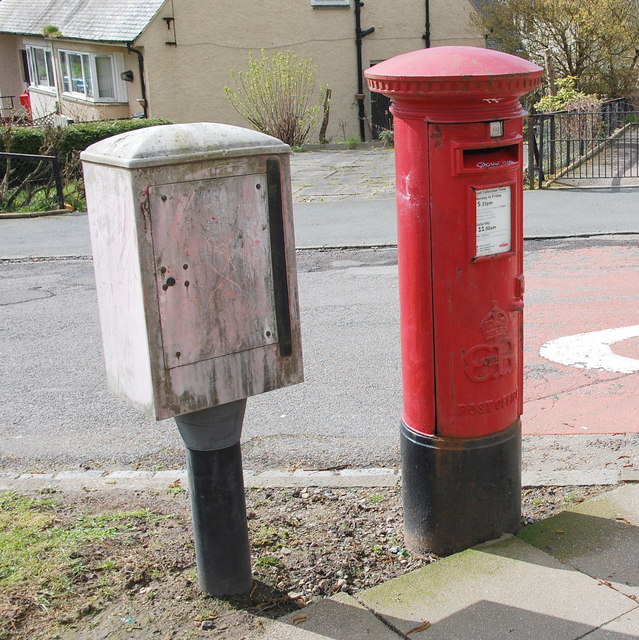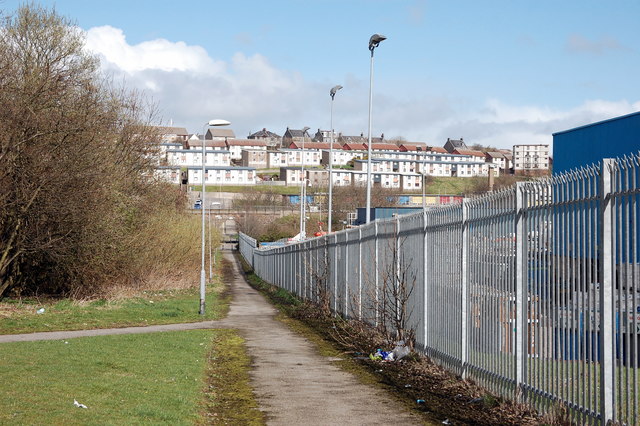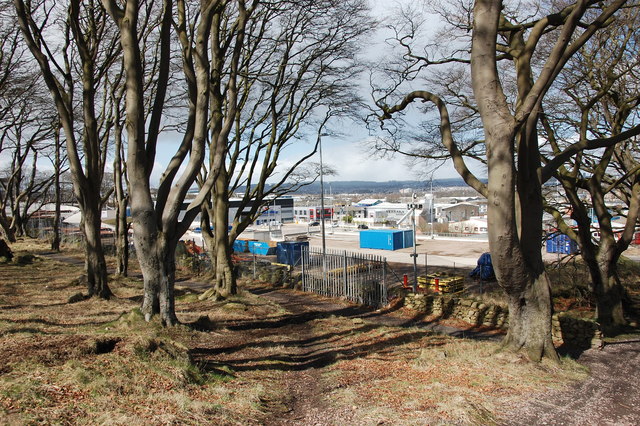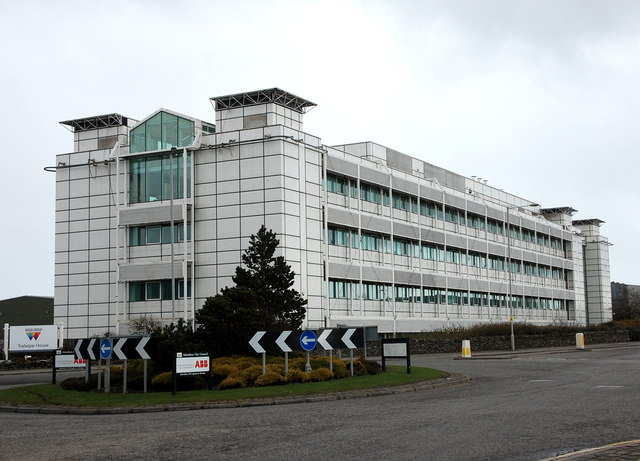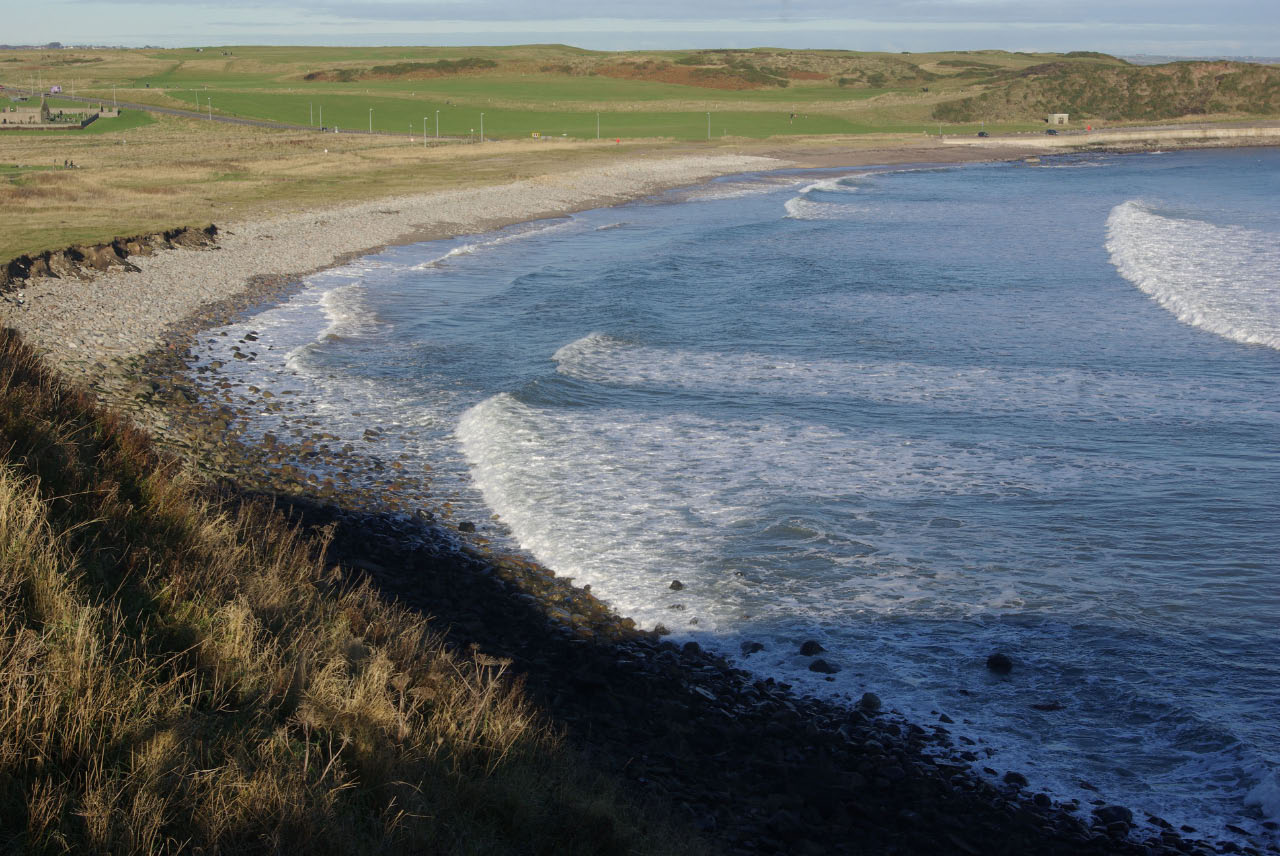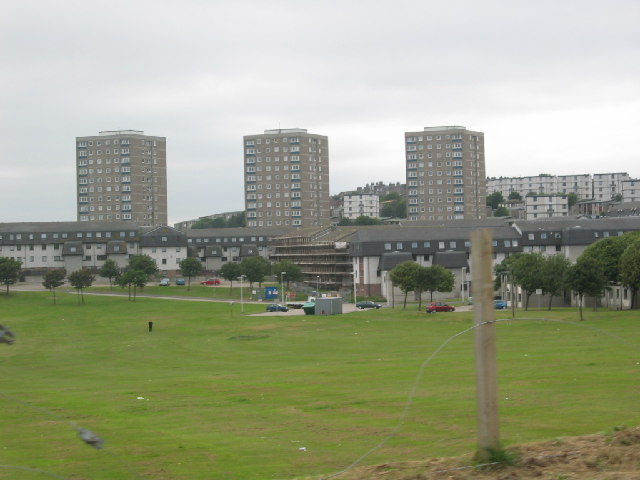Bridge of One Hair
Coastal Feature, Headland, Point in Kincardineshire
Scotland
Bridge of One Hair
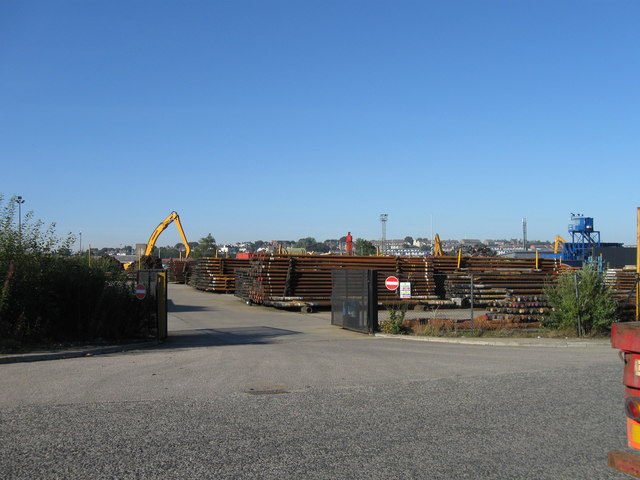
Bridge of One Hair is a prominent coastal feature located in Kincardineshire, Scotland. Situated on the east coast of the country, it is specifically found on a headland jutting out into the North Sea. The headland is known as Bridge of One Hair Point, owing to its distinctive shape that resembles a bridge with a single strand of hair.
The headland is composed of rugged cliffs, rising to a height of approximately 50 meters above sea level. These cliffs are formed from layers of sandstone and shale, displaying a variety of colors ranging from deep red to light brown. The exposed rock formations provide a unique opportunity for geological enthusiasts to observe and study the region's ancient geological history.
Bridge of One Hair Point is renowned for its stunning panoramic views of the North Sea and the surrounding coastal landscape. On clear days, visitors can see as far as the horizon, with the shimmering blue waters stretching out endlessly. The headland is also a popular spot for birdwatchers, as it serves as a nesting site for several seabird species, including gannets, puffins, and kittiwakes.
Access to Bridge of One Hair is facilitated by a well-maintained footpath that winds along the cliff edge. However, caution is advised when exploring the area, as the cliffs can be unstable and prone to erosion. Visitors are encouraged to stay on the designated paths and abide by any safety signs or guidelines provided.
Overall, Bridge of One Hair in Kincardineshire is a captivating coastal feature that offers breathtaking views, rich geological formations, and abundant wildlife, making it a must-visit destination for nature enthusiasts and outdoor adventurers alike.
If you have any feedback on the listing, please let us know in the comments section below.
Bridge of One Hair Images
Images are sourced within 2km of 57.124641/-2.0528843 or Grid Reference NJ9603. Thanks to Geograph Open Source API. All images are credited.

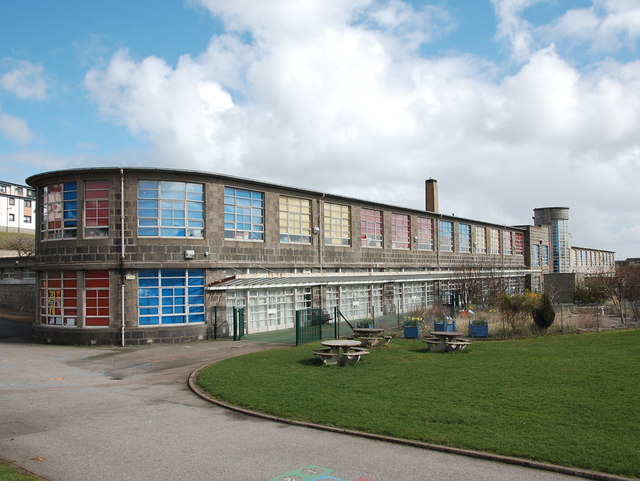
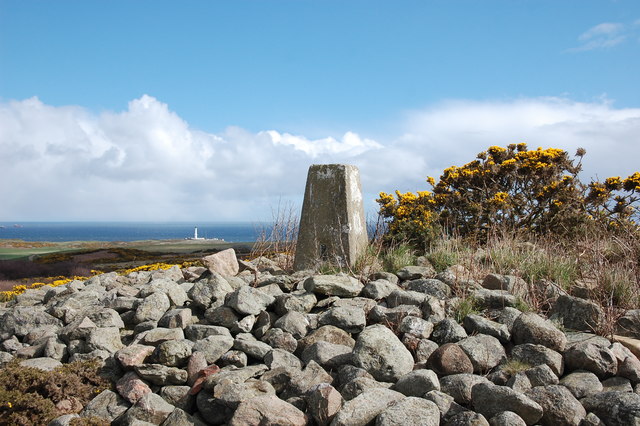


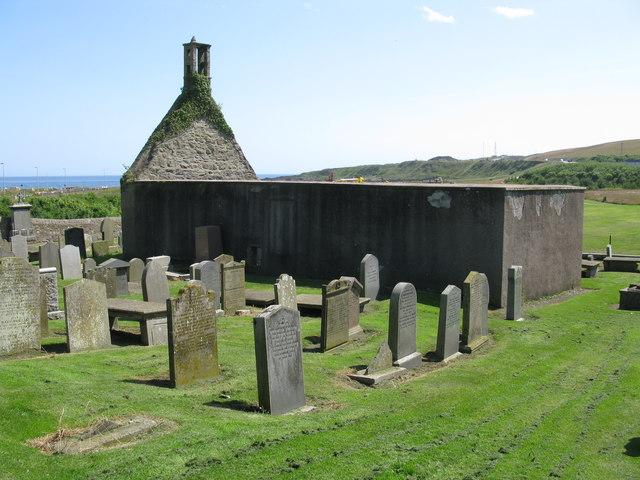
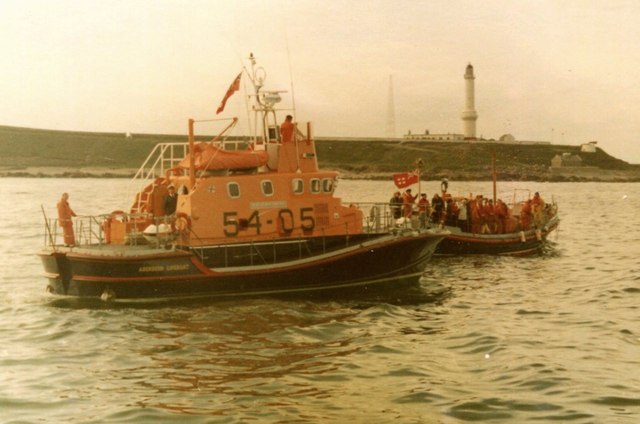
Bridge of One Hair is located at Grid Ref: NJ9603 (Lat: 57.124641, Lng: -2.0528843)
Unitary Authority: City of Aberdeen
Police Authority: North East
What 3 Words
///master.saves.indeed. Near Cove, Aberdeen
Nearby Locations
Related Wikis
Doonies Farm
Doonies Rare Breeds Farm was a farm in Aberdeen, Scotland. Doonies Farm had one of Scotland's largest collections of rare and endangered farm animal breeds...
Nigg Bay, Aberdeen
Nigg Bay is a cove to the east of Aberdeen, between Girdle Ness and Greg Ness, in the old parish of Nigg. In 2017, work began to develop the bay into a...
Balnagask
Balnagask is an area of Torry, a burgh of Aberdeen in Scotland. Balnagask is said to mean "the village in the hollow" in Gaelic. The Balnagask Estate...
NESS Energy Project
The NESS Energy Project is an incinerator currently under construction in Aberdeen, UK. It is situated in East Tullos Industrial Estate on a site formerly...
Nearby Amenities
Located within 500m of 57.124641,-2.0528843Have you been to Bridge of One Hair?
Leave your review of Bridge of One Hair below (or comments, questions and feedback).

